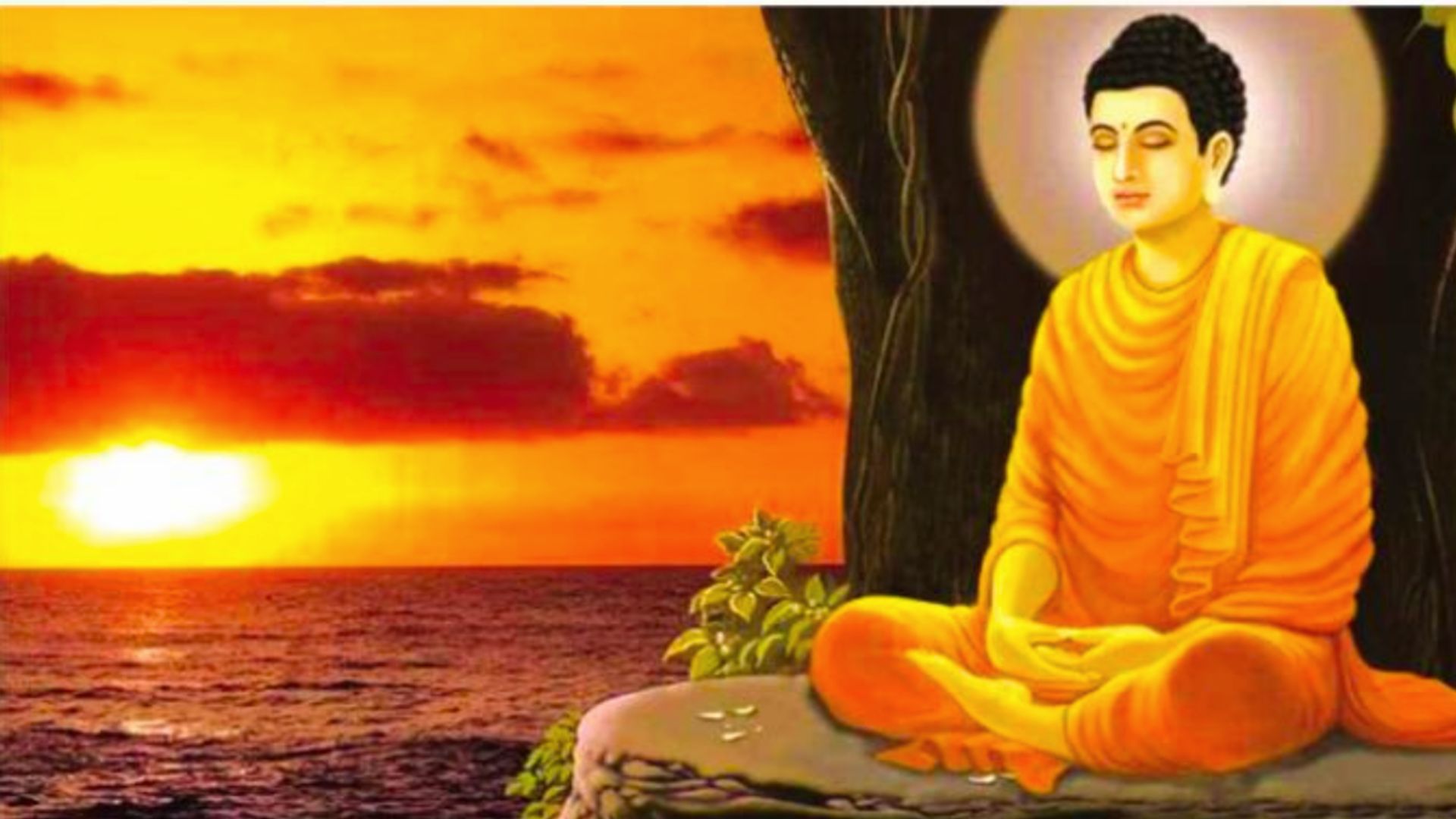
Businessman T.S.Mohan Sankar remembers the monastic robes made by his father Sankara Iyer," My father was deeply attached to His Holiness Abhinava Vidyatirtha Swamigal, the Acharya of Sringeri. He would make the clothes for his ' Guru ' all by himself. My mother Chellam (Saraswathi) would assist me. I would also do things as per the orders of my father. He would get plain fabric and soak it in hot water. The dyes required would be acquired by him and father would never use synthetic dyes. He would persist with the process at least four times and this would ensure that the fabric absorbed the color properly. I remember Shankaracharya Abhinava Vidyatirtha coming home and he would make me sit on his lap. The slokhams ( prayers ) that I learnt while sitting on his lap are still fresh in my mind. I'm really happy to recall these stories. In fact, my father had written down the process in a notebook and that is still kept in our residence."
A number of monks belonging to numerous sects wear different shades of saffron (kesariya). The clothes worn by the monks adhering to Saiva Siddhanta look very rustic. The followers of Ramakrishna Paramahamsa, the monks belonging to the Hare Krishna movement and the monks who are part of the Swami Narayan sect have their own distinctive styles and shades. The temple of the Jain Thirthankar, Lord Rishabdev (Kesariya) at Dhule in Rajasthan is famous because of the large offering of saffron (kesari) made to the deity. Lord Rishabdev is decorated with saffron (kesari). Kesari or saffron is thus indicative of renunciation and abstinence. The Buddhist monks are popular for their variety and they make an interesting study. The Jains follow a different pattern.
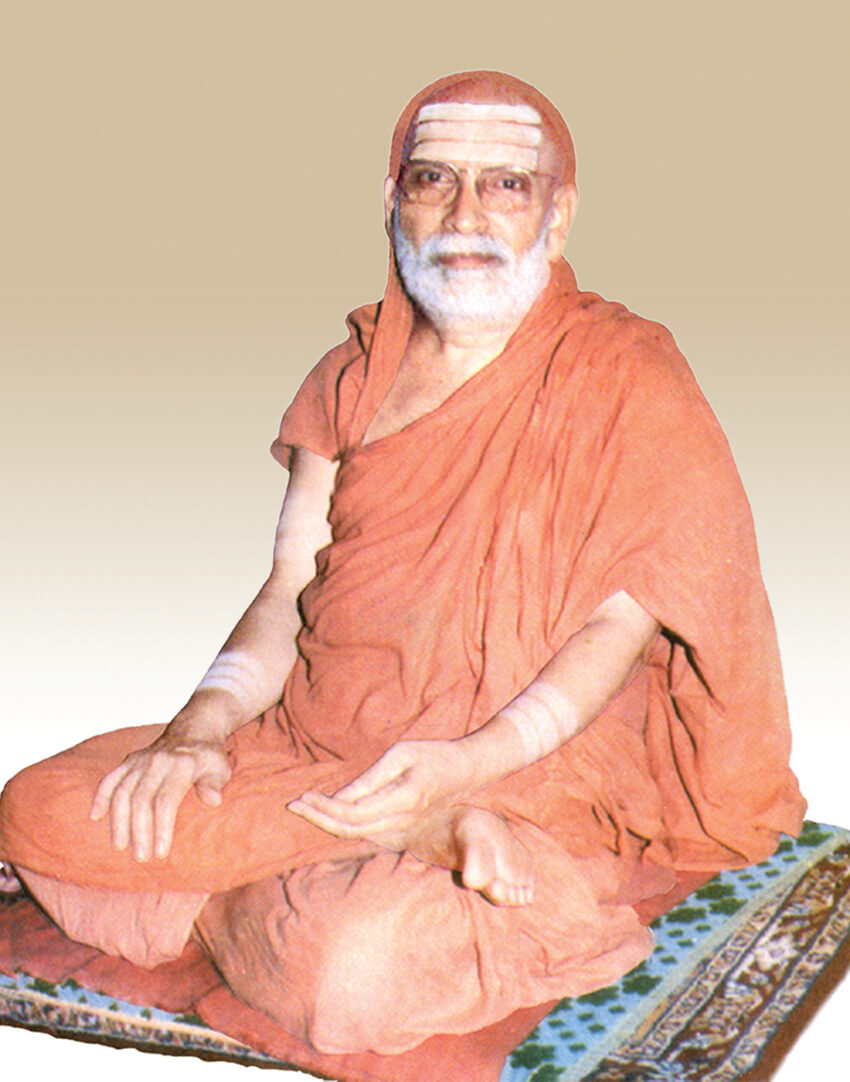 The robes worn by ordained monks is known as Kashaya. The Buddhist monks of India were known for wearing these robes.Originally the clothes worn by the Buddhist monks were made out of discarded fabric. These pieces were stitched together to form three pieces of rectangular cloth. The monks or the followers of Buddha wore them in a specific manner. Antarvasa, Uttarasanga and Samghati are the names given to the robes worn by Buddhist monks. The triple robe is called Ticivara and it is well described in Theravada Vinaya.
The robes worn by ordained monks is known as Kashaya. The Buddhist monks of India were known for wearing these robes.Originally the clothes worn by the Buddhist monks were made out of discarded fabric. These pieces were stitched together to form three pieces of rectangular cloth. The monks or the followers of Buddha wore them in a specific manner. Antarvasa, Uttarasanga and Samghati are the names given to the robes worn by Buddhist monks. The triple robe is called Ticivara and it is well described in Theravada Vinaya.
While the Buddhists around the world don themselves with orange and yellow fabric on attaining monkhood, it is the Theravada sect that has been following the tradition and style that was followed by Buddha and his followers more than 2500 years ago. The Buddhist monks used to make their outfits from clothes that were discarded. They would wear clothes that were found on dead bodies in the crematorium. The idea was to be free from attachment. They would slice off the clothes that could not be used before stitching them. The dyes for coloring would be from natural substances like the bark of trees.
The early monks just followed a rudimentary system. They had just patched rags and worn them. In this they had just followed the methods of the existing mendicants who moved all over the country. However , time passed by and the number of followers grew and Buddha found that some robe rules were necessary. The rules are found recorded in the Vinaya Pitaka of the Pali Canon or Tripitaka. The Buddha taught the monks to make robes from pure cloth. Pure was something that no one would want. The monks would use cloth that had been chewed by rats, oxen or scorched by fire or dirtied by menstrual blood. The monks would literally scavenge cloth from heaps of rubbish.
Pure cloth was washed and boiled with vegetable matter - tubers, bark, flowers, leaves and spices. The spices would include turmeric, saffron etc., this would give the ‘orange’ color. Therefore the robes came to be known as ' Saffron Robes '. The Theravada monks of South East Asia continue to wear spice color robes even today. Most of the robes are found in shades of curry, cumin, paprika and also blazing saffron orange. Nowadays the monks do not scavenge for their outfits but they wear robes made from cloth that is either donated or purchased.
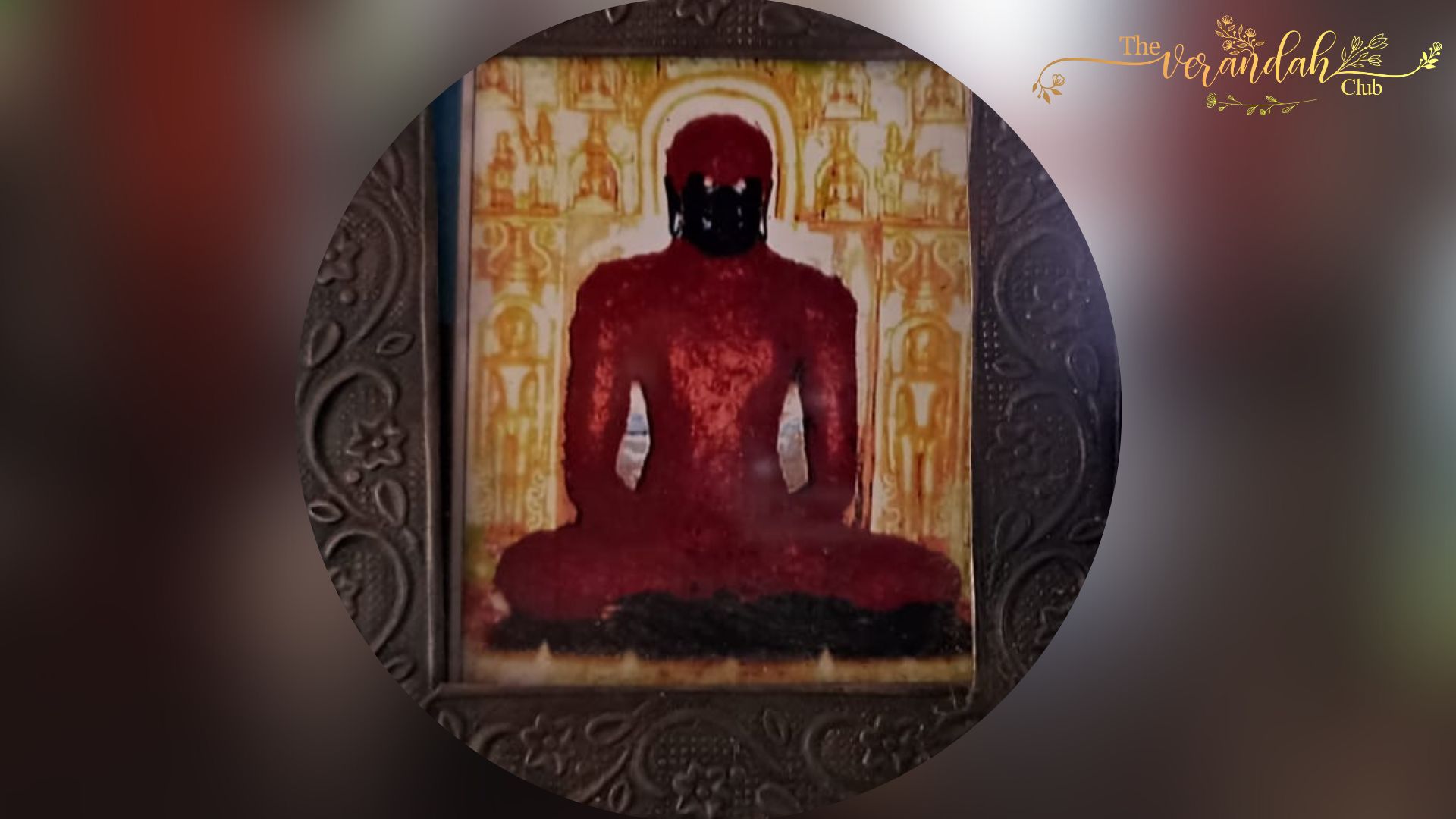
Fortunately the triple and five fold robes are still used by these monks. Let us now look at the outfit of the monks. The outfit has three parts. The first part is known as Uttarasanga. This is known as Kashaya. It is a big rectangle and measures about 6 feet by 9 feet. It is possible to wrap it around the shoulders but it is wrapped to just cover the left shoulder. The right shoulder and arm are left bare mostly. The second piece known as the Antaravasa is worn under the Uttarasanga. It is usually wrapped around the waist like a sarong and covers the body from the waist to the knees. The Sanghati is the extra robe and it is wrapped around the upper body for creating warmth. If the monk does not use it for the purpose of creating warmth, it is just folded and draped around the shoulder.
The nuns wore the five fold robes. They wore the robes of the male monks along with two additional pieces. Thus it got the name ' Five Fold Robe '. Nuns were known to wear a bodice which is known as Samkacchika. This was worn under the Uttarasanga. Additionally they carried Udakasatika , the bathing cloth. As per the Vinaya Pataka, the Buddha made his chief attendant Ananda to design the ' rice paddy ' pattern on the robes. Thereafter , the dutiful Ananda sewed strips of cloth representing rice paddies into a pattern which was separated by narrow strips that were meant to represent the paths between the paddy clusters.
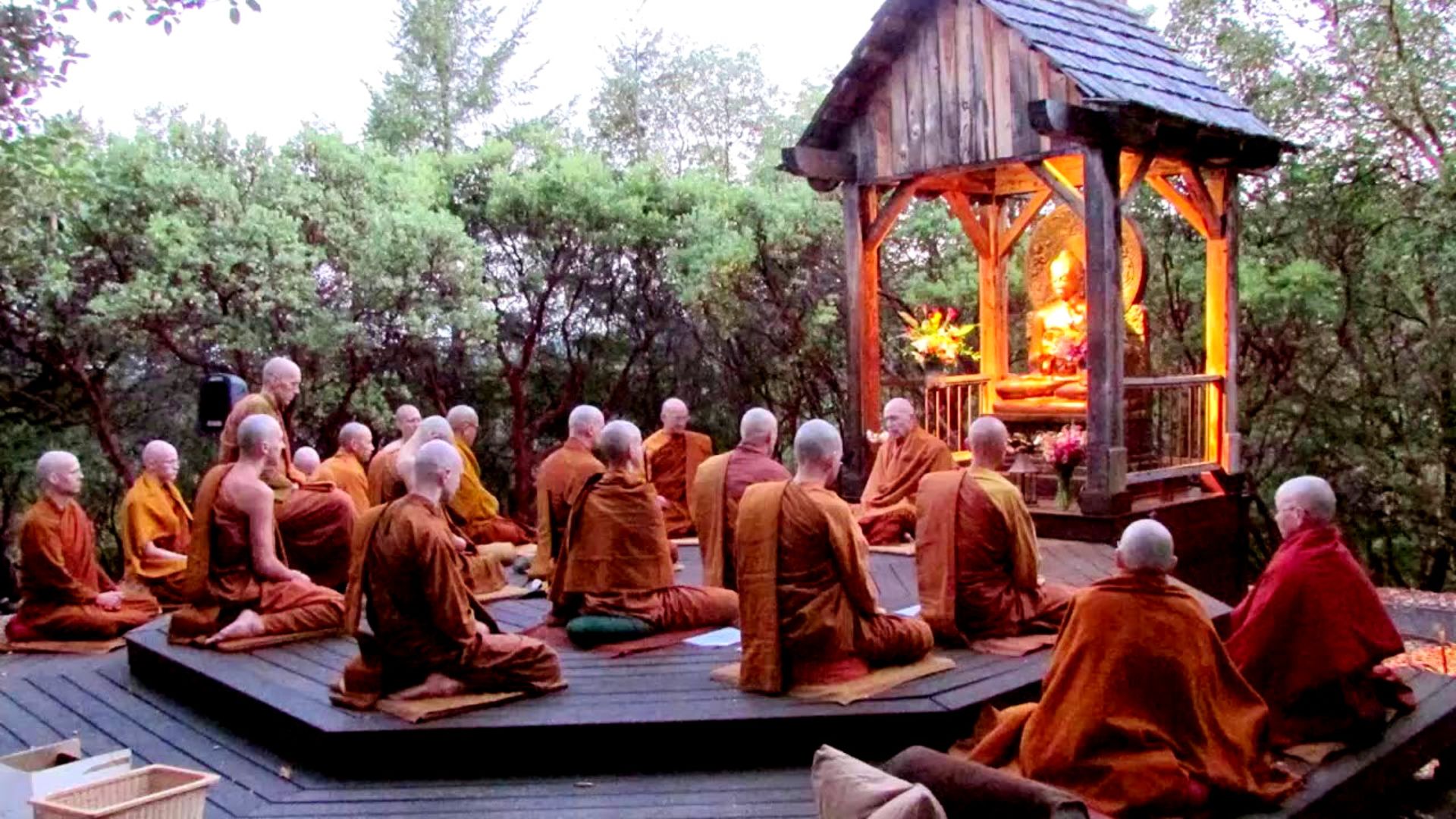
To this day, the garments worn by monks are made of strips of clothes sewn together. Sometimes it is a seven column or nine column strip. It is often a five column strip.
The Antarvasa ( Antarvasaka ) is the garment which flows underneath the other layers of clothing. Its height could be adjusted. The Samghati is usually the most visible garment worn by the monks. The uttarasanga gets covered by the Samghati mostly. There were a few more items worn by the monks - a waist cloth known as Kushalaka and the buckled belt which was known as Samakaksika. Studies and texts by travelers talk about the variations of the Kashaya Robes which distinguished different types of monks. They represented different schools and their robes ranged from red to ochre and from blue to black. The colors used by the five major Buddhist sects have been documented. These colors were of course drawing people towards the mendicants and this helped the latter to reach out in order to share the teachings of Gautama Buddha.
The clothes worn by mendicants were part of our culture. They created awareness about abstinence and simple living. Our society acquired its strength through sacrifice and abstinence. The clothes represented these virtues.
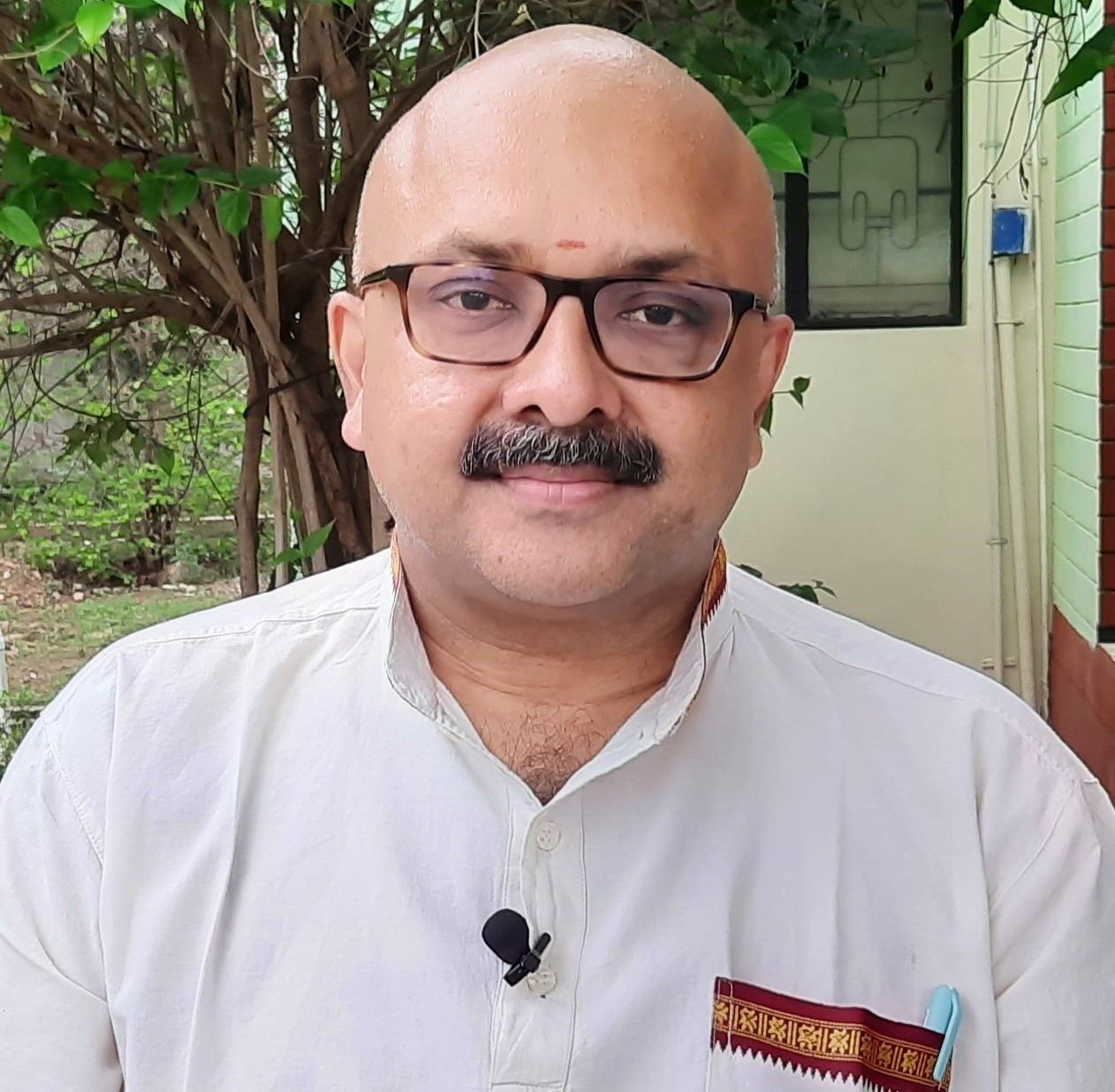
Mr. Rajesh Govindarajulu is one of the founding members of The Verandah Club Pvt. Ltd. He is a leading columnist, historian, jeweler, entrepreneur, and a heritage enthusiast who is earnestly working to revive the past in the light of the present. Experiential learning about the history of Coimbatore is his main course of interest and he is also a panel member of many colleges in the city.
NEXT ARTICLE